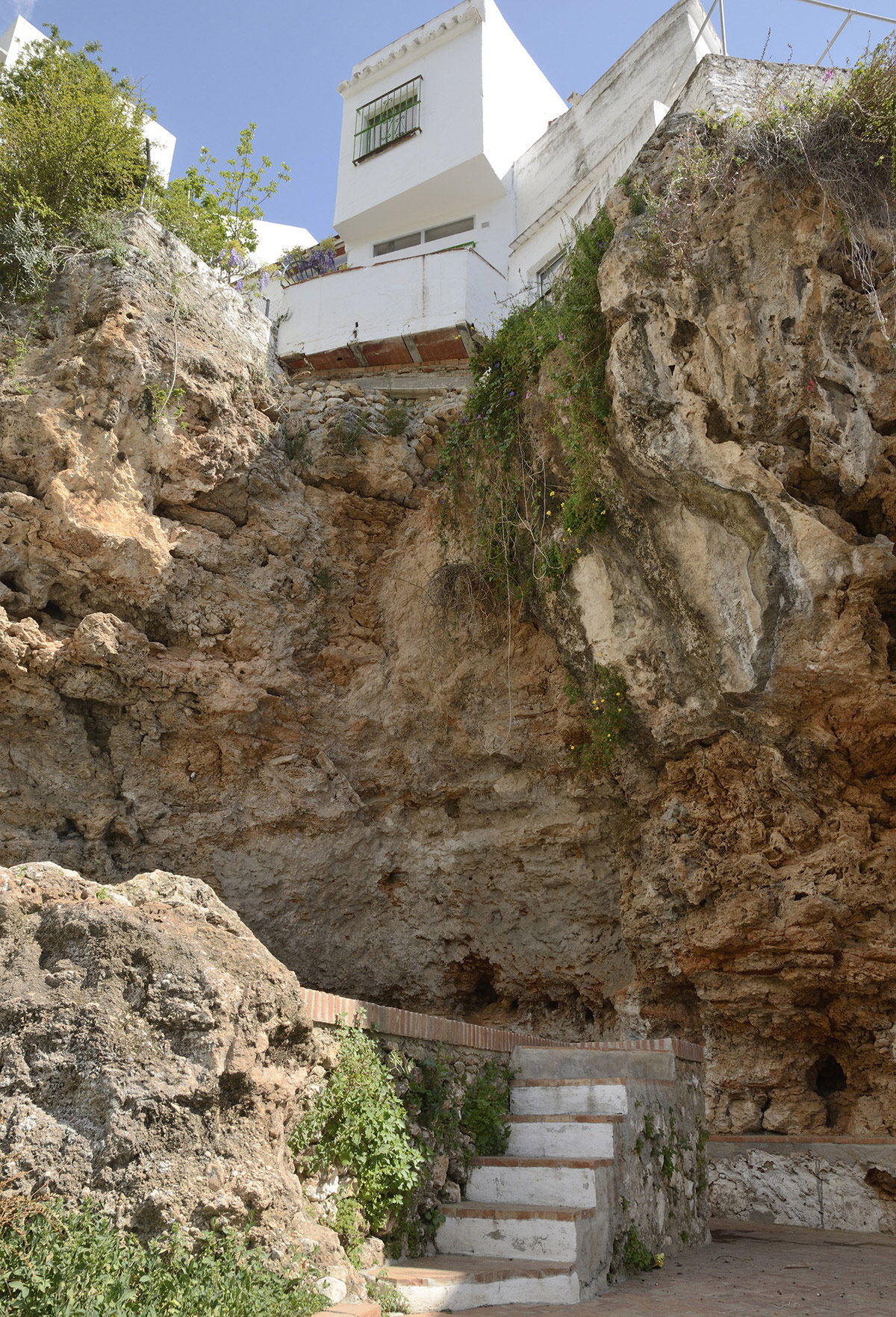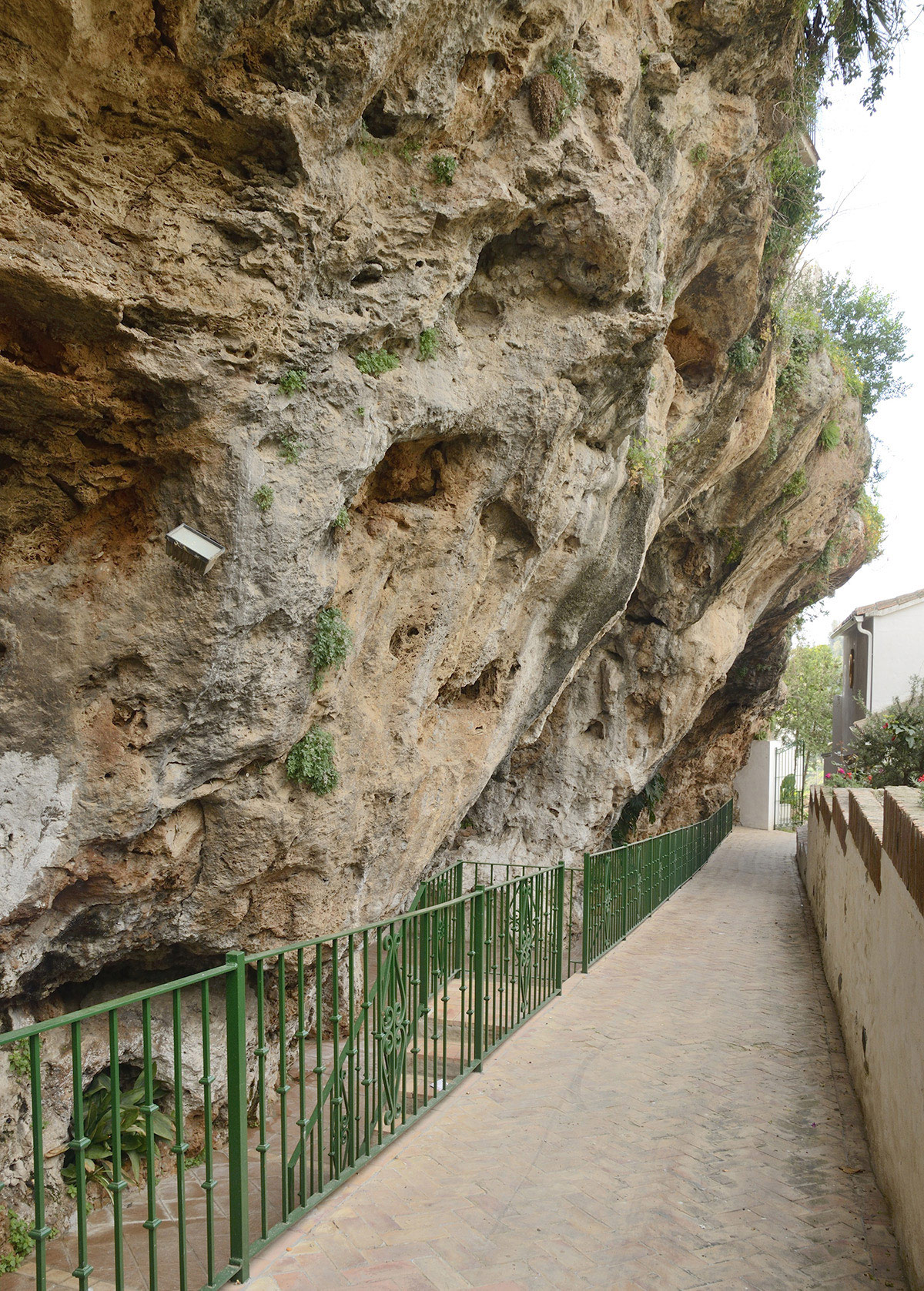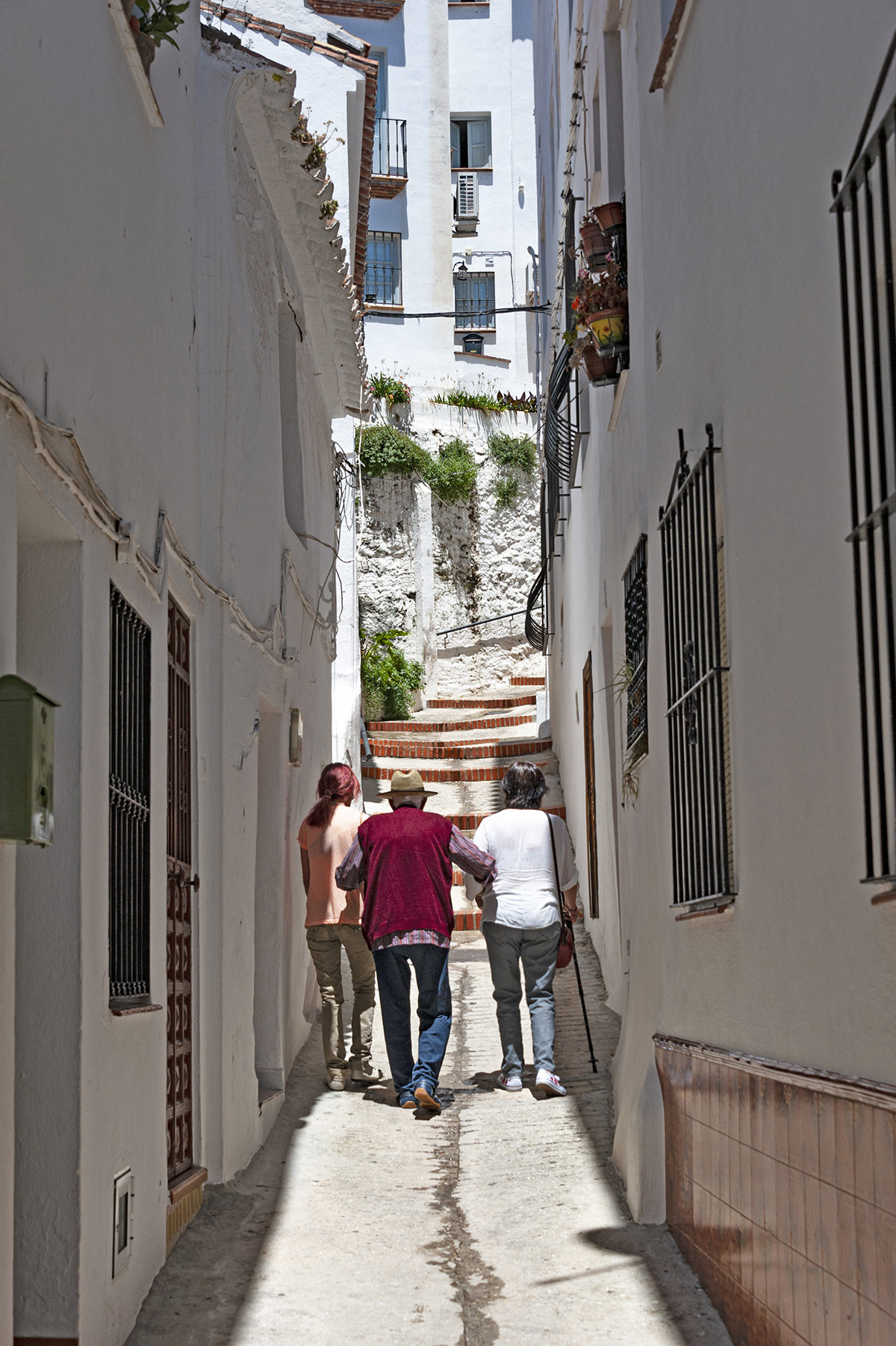The only truly authentic white village within a few minutes of Marbella, once known throughout the Spanish-speaking world for its anís, is so near and yet so far away.
Article by Vivion O’Kelly

The fate of many Andalusian villages close to the coastline is foreignization, the relentless influx of foreign residents to such places that inevitably changes their culture forever. Curiously, Ojén, the mountain village closest to Marbella, is not one of them.
Long gone are the days when Ojenetos amused themselves by watching foreigners get off the bus shaken to the core by bird’s eye views of the valley floor way below on the winding road that bus drivers tended to use like a racetrack. And a taxi ride up the mountain was an equally terrifying travel experience, but well worth the trip for the bright fairy-tale village that appeared and disappeared like flickering Christmas lights as it came in and out of view along the way. This may be one reason why foreigners on the coast seeking a life in the countryside chose other interior villages to live in.

Those who have not yet been there have a treat in store. Sensitive planning at municipal level and the fact that much of the land around Ojén is state owned and mostly unsuitable for building on has helped keep the village relatively unchanged over the second half of the 20th century and beginning of the 21st, although its controlled extension in the closing decades of the last century, north of the main road that once ran across the top of the village, has doubled its physical size, if not its population.
Attempts have been made in the past to build luxury housing close to the village, but failed, leaving behind nothing more than a solid wall of concrete high over the road on the way in, now barely visible behind the vegetation. What we have now is more or less what has always been there, apart from some necessary changes to the surface of the narrow streets in the interests of modern sanitation and the addition of balconies where none should be, if total architectural integrity were of primary importance.

We spoke to Ojén’s mayor, José Antonio Gómez Sánchez, about the village. “Yes,” he says, “it’s true to say that Ojén in unique in this respect, and any changes to paving and the like had to be made by law, but we made sure to replace the old cobblestones and other ancient surfaces with traditional materials, leaving the essence unchanged. As for any future urban planning, our primary aim is to conserve the urban and architectural legacy we were left with.”
The village dates from Moorish times, originally named Hoxán, meaning rough or bitter. They chose a good spot to settle in, name notwithstanding, with a continuous flow of water running through it and down the valley, a position that could withstand attack, enough arable land to sustain families and the presence of valuable minerals in the surrounding mountains. And a view of the sea, of course. The only remaining architectural evidence of any structure dating from that far back is the ancient castle, which is now little more than a pile of rubble.

The name Ojén was once known throughout the entire Spanish-speaking world and beyond as a sweet anis drink – una copita de Ojén – and it even features in a Picasso still-life from his Cubist period, now in a little-known regional French art museum. The distillery remained closed from 1920 to 1958, when a former employee of the company, said to be in possession of the recipe, purchased it. It ceased production again in 1961, closing definitively in 1974. The distillery building was first turned into a cinema, then a discotheque that closed in 1997, finally becoming a privately owned wine museum in the 1990s. The once-famous drink was awarded a denominación de orígen by the EU in recent years, purchased by a large drinks company that carried out a scientific analysis of the contents of a conserved bottle, and is now available online, or in Ojén itself, as a drink that makes no claim to be the true original.
There is no especially relevant gastronomic delight unique to the village, unless you consider the eating of freshly cooked churros dunked in salty water to be worthy of note. But there are many good restaurants there, the best being El Tunel and the Piscina Municipal. Yes, the swimming pool and sports centre high above the village under the main road to Monda, whose restaurant has an excellent reputation. One of the most charming hotels in the entire region is the small La Posada del Angel, located just off the main square.

Must visits include the caves, both above and below the main road that looks over the village and valley down to the sea beyond; the Museo del Molino and Museo del Aguardiente, both housed in a beautifully restored olive oil mill that now hosts exhibitions of various kinds (and not to be confused with the previously mentioned Museo del Vino), and the church in the main square, whose architecture and side entrance was clearly designed originally in the style of a mosque.
Must visits notwithstanding, the most pleasurable part of a visit to Ojén is simply to stroll around its narrow streets and sit at a bar in the square in the cool of late evening, watching the children play on their bicycles and scramble over the fountain, dating from the beginning of the 20th century. Major festivals in the village include the annual feria, the Cante Flamenco and the Ojeando Festival, details of which can be found on the Internet.

When visiting by car or going up to dine in the evening, forget about finding a parking space after eight o’clock anywhere except the lower car park (well signposted) at the bottom of the village, when residents working on the coast return for the night. With luck, at all other times, you might find a place along the main road that makes the walking easier. If ever a cable-car system, or a Lisbon-style escalator, were needed in a village, it is here.
Despite widespread media reports to the contrary, Julio Iglesias never lived in the village of Ojén, but purchased a house in the municipality of Ojén far from the village, closer by normal road, in fact, to Fuengirola. The vast extent of the Ojén municipality also explains why most of the land between Marbella and Ojén has not yet been urbanised.
Ojén is the first on one of the original routes of the white villages that begins in Marbella, heads up to El Burgo and back down through Gaucín and Casares, a long drive that is well worth the effort. It is also one of the most beautiful of the white villages, physically close to Marbella but a world apart in architecture, lifestyle and culture, and a place that still conserves its village flavour in the streets and shops. So near to the hustle and bustle of the coast, and yet so far away.



































































